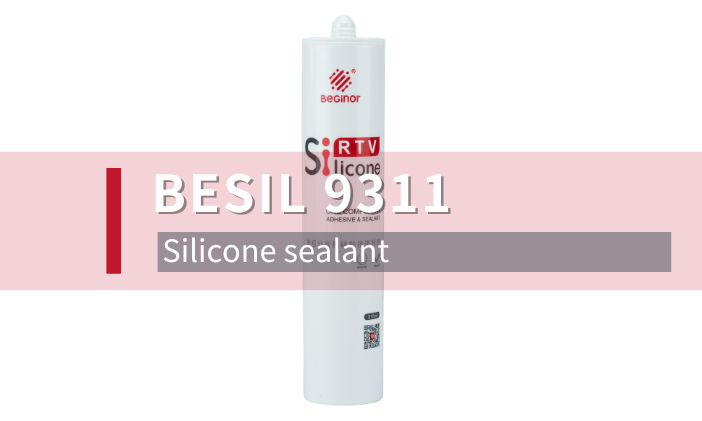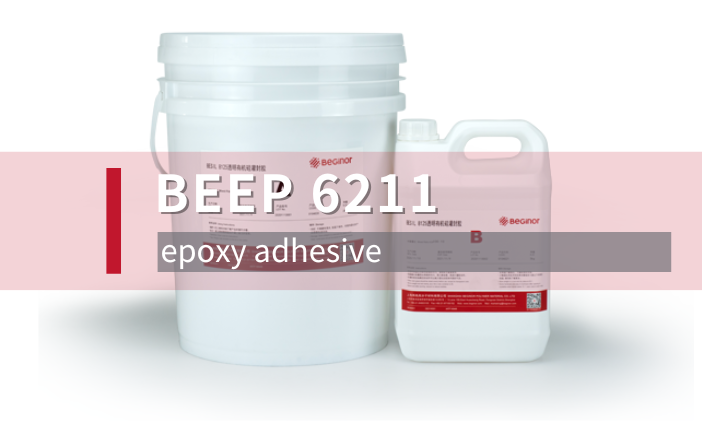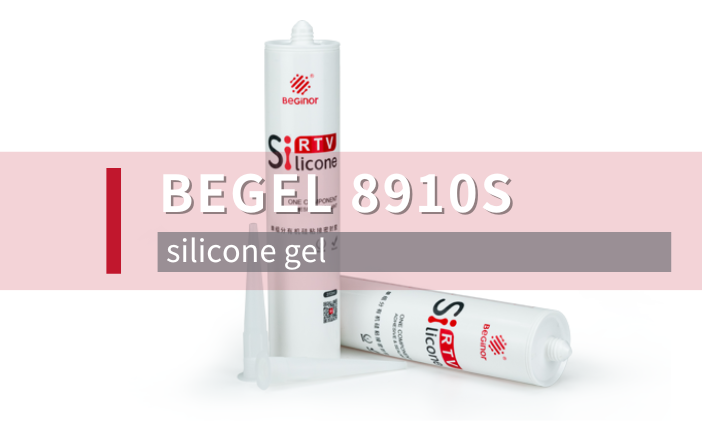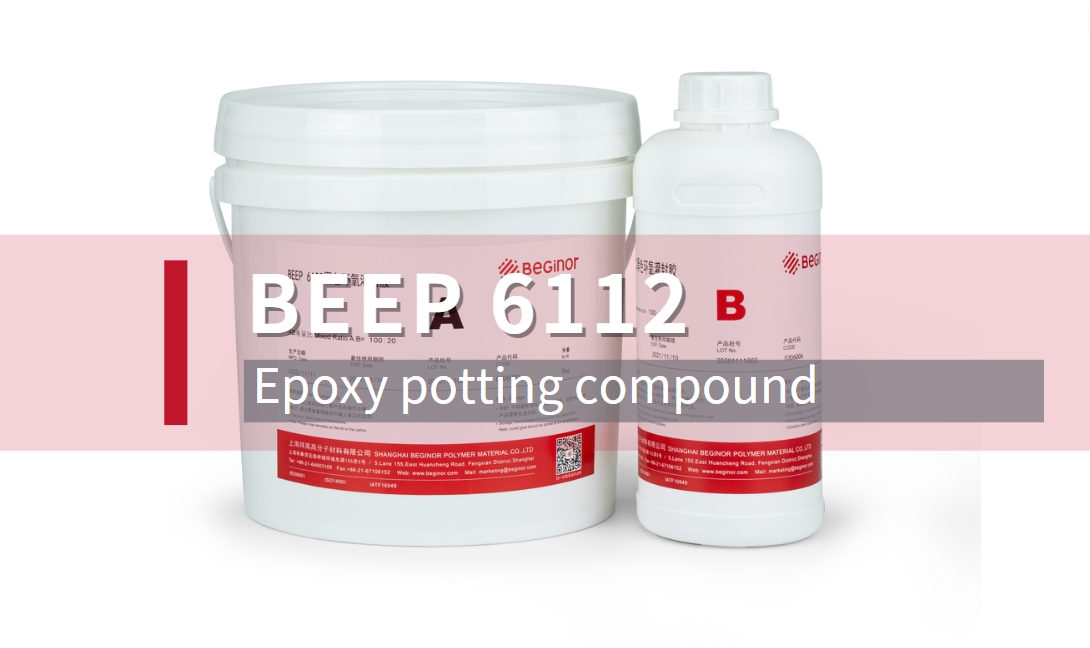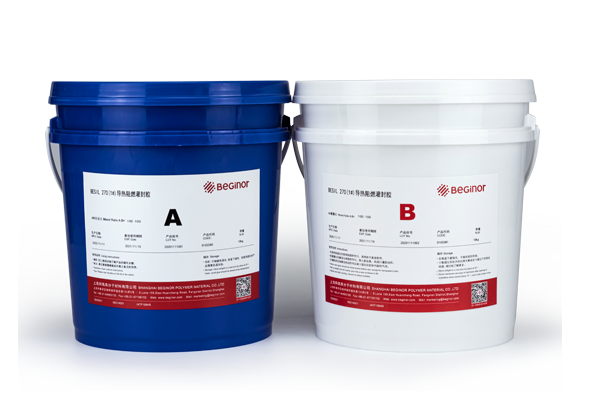With the continuous improvement of smartwatch functions, such as health monitoring, wireless communication, bright display and continuous operation of high-performance chips, internal power consumption and heating problems are becoming increasingly prominent. In order to ensure the stable performance of smart watches, wear comfort and extend the service life, the development of scientific thermal management solutions is particularly critical. Starting from the overall architecture, the following is a systematic review of the thermal management technology and material selection of smart watches.

Smart watch thermal management challenges
Battery safety: The operating temperature of the battery must be stable for a long time to avoid expansion or damage due to overheating.
Small size, limited space: the internal structure is highly integrated, and the cooling space is extremely limited.
High-density electronic components: including high-performance chips (SOCs), batteries, sensors, Bluetooth /Wi-Fi modules, etc., generate heat concentration.
Skin wearing requirements: The temperature of the watch case should be controlled to avoid burning the user's skin and meet the ergonomic comfort standard.
Waterproof and dust-proof design: Increase the shell seal to further hinder the traditional convection heat dissipation path.
Thermal management solutions for smart watches

Active thermal management
This involves the use of cooling systems powered by external sources, such as fans, heat pipes and thermoelectric coolers. While active cooling is more common in larger devices, active cooling can be applied in some smartwatch designs to manage heat more efficiently.
Thermal interface material

Passive thermal management focuses on heat dissipation through materials and design elements without the need for an external power source. Common methods include:
Thermal gel: A material that bonds components and AIDS in heat transfer.
Thermal grease: A material applied between surfaces to improve heat transfer and prevent overheating.
Thermal gasket: A soft material used to improve heat conduction between components and to dissipate heat.
category | Product model | Thermal conductivity(W/m·K) | Characteristics | Application |
|---|---|---|---|---|
Thermal gel | 2.5~8.0 | Low hardness, high filling, low interfacial thermal resistance | Chip and metal housing, battery room | |
Thermal gasket | TCMP 200hex | 2.0~5.0 | Soft compression, insulation, stress prevention | Screen back, wireless module |
Thermal grease | 1.2~5.1 | Bonding and heat conduction integrated, ultra-thin design | Battery, screen fixation and heat conduction |
Smart watch thermal management is a comprehensive system engineering, which needs multi-dimensional collaborative design from device layout, material selection, structural design, software control and so on. Through the combination of efficient thermal conductivity materials (such as thermal gel, graphite film), structural optimization (such as metal shell heat dissipation) and intelligent algorithms, the temperature can be effectively controlled to improve the safety, comfort and service life of smart watches.




